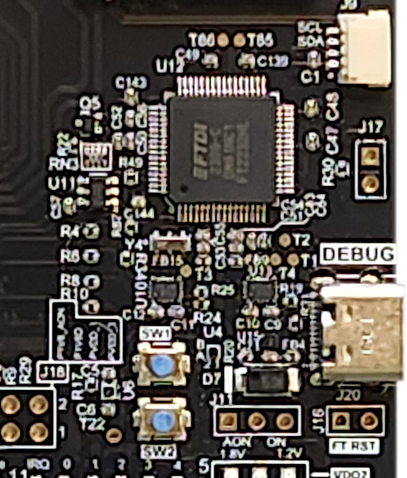On top of the CrossLinkU-NX (LIFCL-33U) FPGA chip provided by Lattice Semiconductor, tinyVision.ai provides:
- An SoC system is running on it, is using a VexRiscv RISC-V core along with a LiteX allowing it to execute an RTOS (timers, UART, SPI flash...).
- Then extra peripherals are integrated such as the USB23 core, a I2C controller, and application-specific video processing elements, which can be controlled from the CPU.
- Zephyr integration through a
tinyclunx33providing a working base system featuring an USB stack, USB23 driver, an USB Video Class and everything needed to provide end-to-end connectivity with host application over USB3 such as a video feed. - An optional driver called uvcmanager permitting to reach 3.4 Gbit/s transfer speed end-to-end at the application level.
Being completely compatible with Zephyr, firmware for the tinyCLUNX33 can be built given extra configuration files and drivers, using the regular build process of Zephyr.
Firmware Execution
The firmware is run by the system loaded into the FPGA. First, there need to be an FGPA system image loaded into the tinyCLUNX33 flash.
This will contain the definition of the RISC-V CPU system described above, and the firmware will be able to start from address 0x00100000 of the flash. On Linux systems, this second part is handled by the west flash command.
Firwmare Debugging

The FTDI chip present on the Devkit has the following roles:
- Programming the FPGA system and firmware images in flash.
- UART access for debug logs and interactive Zephyr shell.
- JTAG access (work in progresss)
The Zephyr system offers configurable log levels, which can be turned up and down from the prj.conf file of each application.
Future versions of the SoC may integrate JTAG for GDB-based debugging.